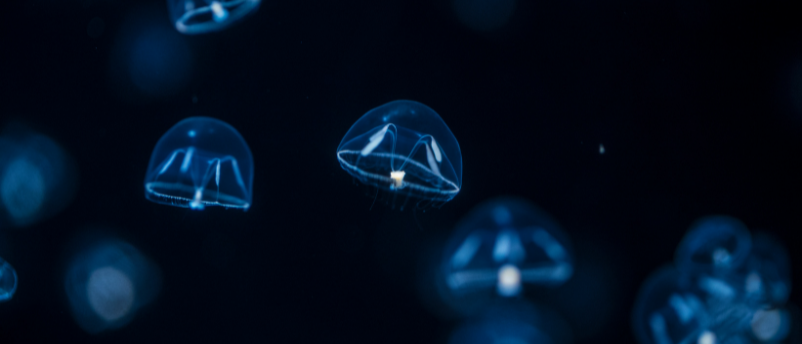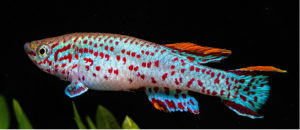
BioTechniques News
Aisha Al-Janabi

Tiny sea creatures give insights into how the biological processes of healing and aging are intertwined, providing a new perspective on how aging has evolved.
Hydractinia symbiolongicarpus (Hydractinia), a close relative of jellyfish and corals, are small tube-like sea creatures that live on the shells of hermit crabs. Researchers from the NIH (MD, USA) and their collaborators recently studied how Hydractinia regenerates an entirely new body from only its head. Using RNA sequencing, the researchers identified a molecular signature at the beginning of this regeneration process. This molecular signature is associated with the biological process of aging, also known as senescence.
In the process of senescence, cells that are aging biologically will send signals to nearby cells causing them to start aging faster. This can often cause issues such as inflammation. “From animals like Hydractinia, we can learn about how senescence can be beneficial and expand our understanding of aging and healing,” commented co-author Andy Baxevanis.
It was already known that Hydractinia have a special group of stem cells for regeneration, stored in the lower trunk of their body, which can transform into other types of cells that are useful for creating new body parts. Unlike human cells, Hydractinia and other highly regenerative organisms can revert adult cells into stem cells when wounded, but this process is not well understood.
 Could African killifish hold the key to reversing muscle aging?
Could African killifish hold the key to reversing muscle aging?
Researchers have used a newly emerged animal model, the African killifish, to better understand the mechanisms that drive sarcopenia, finding it could be reversed.
To investigate this, researchers removed their head, which is situated quite far from where the stem cells are stored. The Hydractinia were able to grow an entirely new body from their amputated head within 3 days after amputation. The researchers theorized that Hydractinia must generate new stem cells to achieve this, and searched for molecular signals that could be driving this process using RNA sequencing.
When the researchers scanned the genome of Hydractinia for sequences like those of senescence-related genes in humans, three genes were identified. One of the three genes was ‘turned on’ near the site where the animal was cut. When researchers deleted this gene, the creature’s ability to make senescent cells was blocked and it could not create new stem cells or regenerate.
The researchers tracked the senescent cells in Hydractinia to find out how the animal evades the harmful effects of senescence. Unlike humans who can’t remove aging cells easily, they found that Hydractinia removes aging cells by spitting them out of their mouth. Humans last shared an ancestor with Hydractinia over 600 million years ago. The function of the senescent-related genes in Hydractinia offers insight into how the process of aging has evolved. The researchers theorize that regeneration may have been the original role of senescence in our earliest ancestors.
“We still don’t understand how senescent cells trigger regeneration or how widespread this process is in the animal kingdom,” said Baxevanis. “Fortunately, by studying some of our most distant animal relatives, we can start to unravel some of the secrets of regeneration and aging — secrets that may ultimately advance the field of regenerative medicine and the study of age-related diseases as well.”
The post Learning about cellular senescence from squishy sea creatures appeared first on BioTechniques.
Full BioTechniques Article here
Powered by WPeMatico
